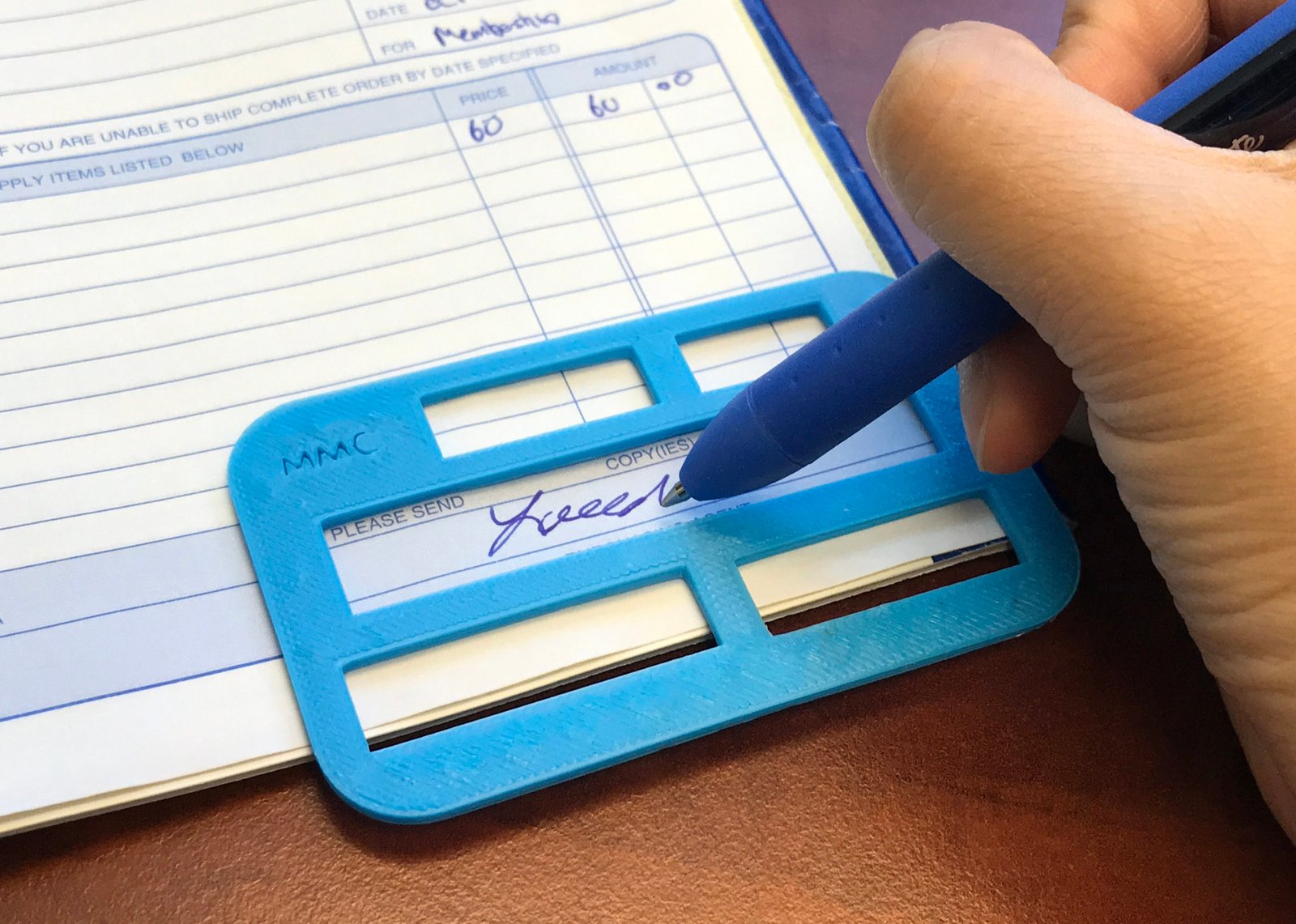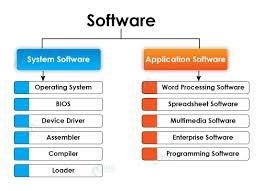
Vision can be subnormal either from birth due to conditions like albinism or can deteriorate later in life due to macular degeneration, retinitis pigmentosa or diabetic retinopathy. According to the WHO, a person with low vision is one who has impairment of visual function even after treatment and standard refractive correction, with a visual acuity of less than 6/18 to light perception, or a visual field of less than 10 degrees from the point of fixation, but who uses, or is potentially able to use his vision for planning and execution of a task for which vision is essential. Patients with low vision have trouble in daily activities like moving around independently, reading and writing, recognizing faces, counting notes with dependency on others. Children who have low vision find it difficult to pursue normal education and getting vocational training.
Low vision aids also try to enhance the use of special senses like hearing and touch to help in the performance of daily tasks. The aim of all this is to improve the self- confidence and encourage independence.

Telescopes: these are for improving the distance vision. They can be monocular or binocular.
Magnifiers: these are meant to improve the near vision. Hand held magnifiers, stand magnifiers, dome magnifiers and spectacle magnifiers.
Talking watches, talking clocks, walking sticks, anti-glare glasses, glasses with filters.

This helps in counting currency notes.



The needs of the patient for both near and distance tasks are evaluated before the prescription of low vision.
The specialist will suggest various aids based on the condition of your eyes and your vision. You must understand that there are definite advantages of the low vision devices and accept that there are limitations of these devices also.
It is important to appreciate the help that these devices provide you in daily activities. It is to help you function better and there is no social stigma attached to using low vision devices.